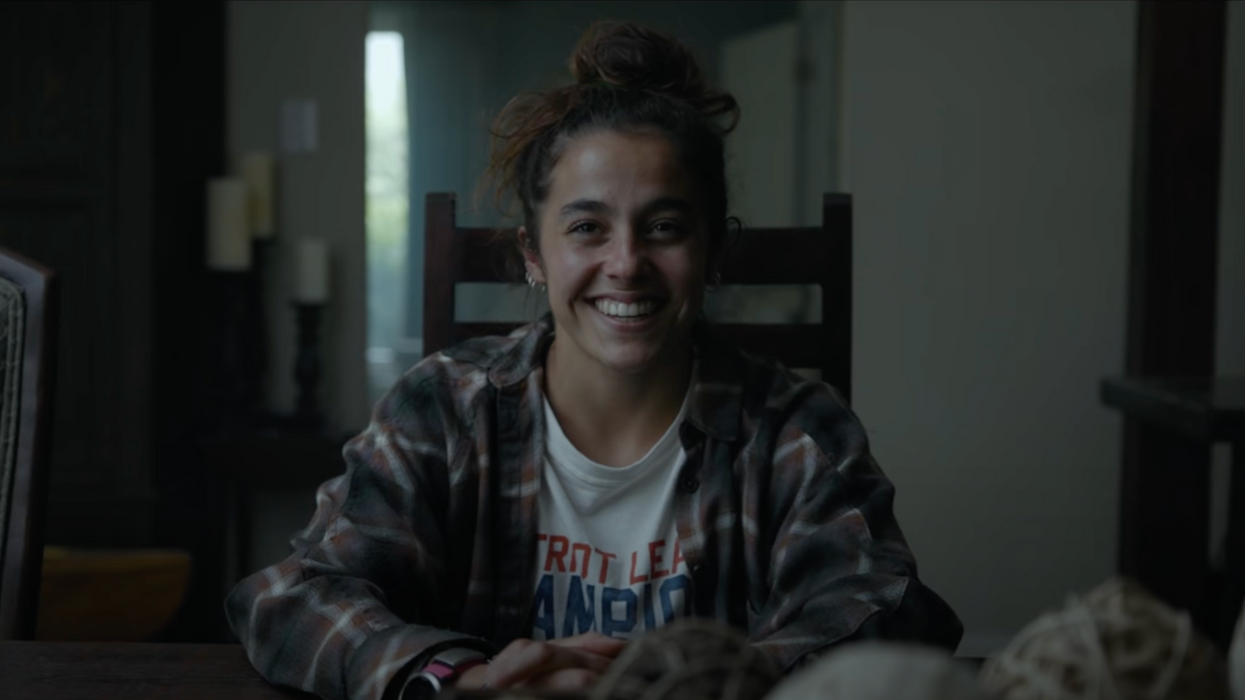This Is How You Should Use Practical Light Sources in Your Next Project
Adding more lights to a location can make the lighting feel unnatural. Here is how to avoid that problem.

Lighting can make or break a film. Every filmmaker should know how to light a scene to make the space feel bright or emphasize the mood of the project. Sometimes, the unfortunate event of overlighting or underlighting can make the whole project look flat and interesting.
To avoid that, we’ve got some tips to help you perfect light every space you use for your project. Danny Gevirtzunderstands the struggle of not knowing how to light a space or just not getting the right lighting. In his video, he breaks down how to use natural light and how to light a space the best way possible.
Check out Danny Gevirtz’s full video here, then dig into five tips to help you light any space naturally.
Motivating the natural light source.
What are the main sources of light that exist in the location? Without touching the set, where does the light come from? Is it overhead lights, a lamp, a window in the background? Wherever the natural light source is coming from should be the motivation for where you are going to place other lights to enhance the space.
Building from a natural light source will make your added lighting look more natural.
Use the main source of light as backlighting.
Place the light source, natural or added, behind the subject. Using the main source of light as backlighting will give shape to the subject and give you more depth to the image. Giving a two-dimensional image a three-dimensional feel comes from the depth created in the shot.
Light spaces, not faces.
When you get to a location, make sure to set up for a wide shot first. The wide shot will let you know exactly where the lighting needs to be for the scene. All you’ll have to do when setting up for the tight shots is bring the lighting in to highlight the face. Having that initial lighting set up in the wide shot will dictate how the lighting will look for the remainder of the scene.
Light up a night shot with a practical light.
A lot of night shots use practical lights—lamps, street lights, neon signs—to light the scene. These lights act as the main source for the wide shot, and another light, such as an Aputure Light Storm gelled to the temperature of the practical light, can enhance the lighting for the tight shots.
Motivate some moonlight for your night shot.
To add depth to an inside night shot, try to create moonlight outside of the window by using a Forza 500 on a C-stand directed towards the window at an upward angle.
Moonlight can also be created by using an LED light placed in a hallway to act as moonlight pouring through a window. By eliminating the darkness of a pitch-black window or area, you will be adding depth and contrast to the warm practical lights in the scene.
Remember to keep the space feeling as natural as possible. If you’re filming a project that is grounded in reality, play with the elements that life has already given you to make the scene look as natural as possible. If the lighting feels fake and looks disingenuous, the audience will know.
Do you have any other lighting tips to help out young filmmakers? Let us know in the comments below!
Source: Danny Gevirtz
















